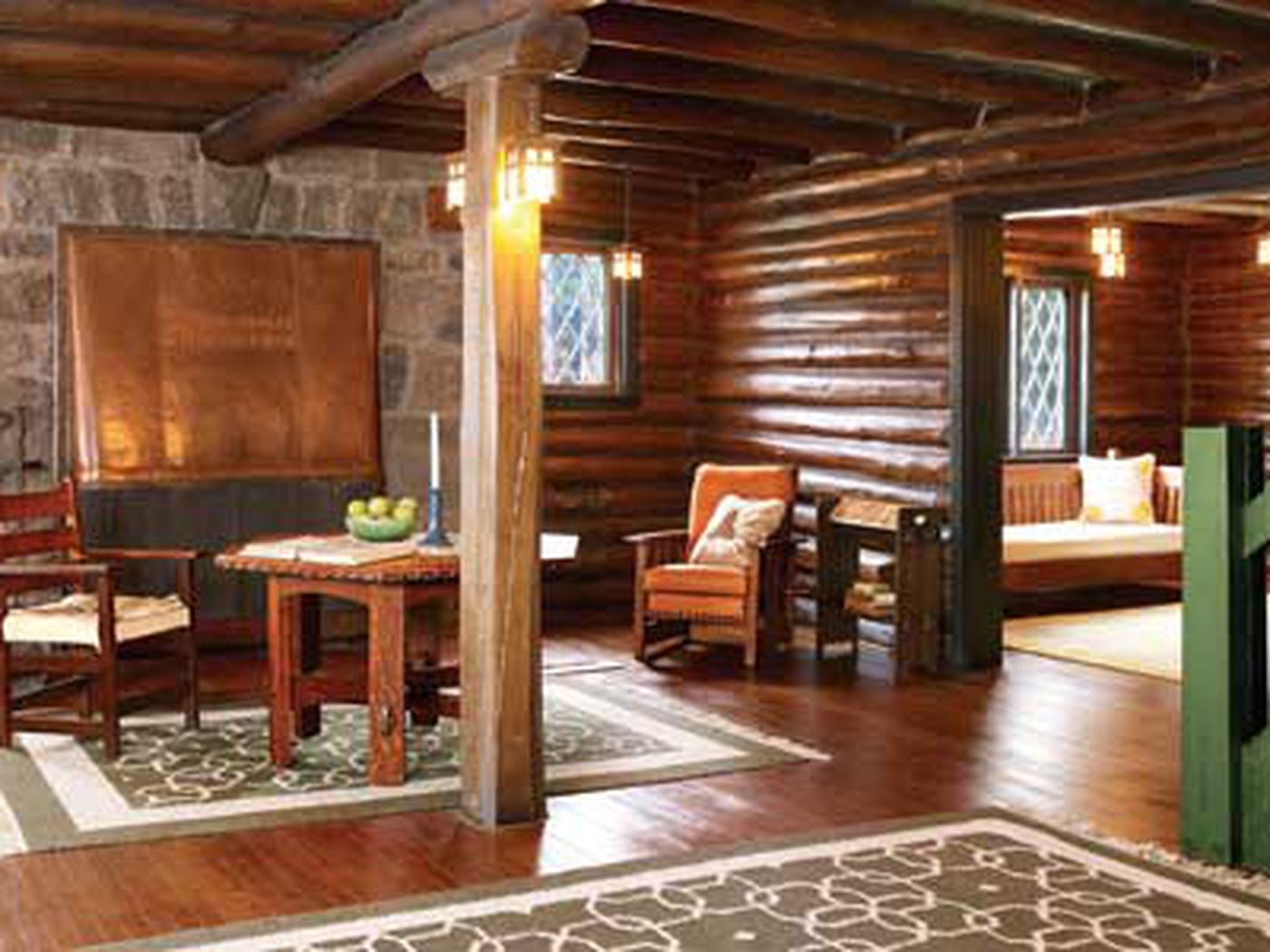
You might want to go green when remodeling your home. While there are many benefits to this type of remodeling, it's important to remember that going green doesn't mean doing everything possible. In order to be considered a "green" remodeler, you must take certain steps in order to achieve these goals. These include energy efficiency and material and water conservation. They also help to maintain a healthy home. Read the following article to learn how you can make your remodeling project green.
First, choose the right materials for your job. A home that is built with natural and organic materials will use less energy. Materials should be kept as natural as possible. You can also incorporate features of energy-efficient homes into your design over time. Many times, remodeling green begins with an existing building which is either energy-wasting and/or leaky. You will need to repair the structure in order to make it more efficient.
The amount of money you spend on remodeling will depend on your lifestyle. You might have to move out of the home while you are undergoing major renovations. If construction is delayed, it can lead to serious consequences. The stress of the entire process, in addition to the emotional and financial cost of moving, can lead to serious consequences. Remodeling green requires that you consider all factors. And remember, no matter what the project, it's important to follow guidelines that will ensure that you are using the right products.

A house's interior design should be environmentally-friendly. It should also be made from materials from forests. The National Green Building Standard demands that all new buildings are made from sustainable materials. Your house could lose as much as half its R-value if it is not properly installed. This can be prevented by proper insulation installation. This will make your home more energy efficient. When you are looking for a contractor to work on your home, make sure you ask about the advantages of recycling old materials.
It's important to take into account the environment when renovating an existing home. It can be challenging to make your home greener by reducing your energy consumption. You'll be proud of your decision to remodel your home if you take into account the benefits. Green Mountain Builders did the makeover in a transitional style. The interior is eco-friendly, despite the name. Its materials and colors are also green-friendly.
FAQ
How can I avoid being taken advantage of when I renovate my house?
Knowing what you're paying for is the best way to avoid being scammed. Before signing any contract, read through the fine print carefully. You should also not sign any unsigned contracts. Always request copies of signed contracts.
Is it better to hire a general contractor or a subcontractor?
Hiring a general contract is typically more costly than hiring subcontractors. A general contractor has many employees, so they often charge their clients a lot of money for labor costs. A subcontractor, on the other hand, only hires one worker, and charges less per hour.
Do I have to renovate my entire house?
You can do it yourself so why pay someone when you could save time and money?
You may love DIY but there will come a time when you can't do it all by yourself. It may be impossible to control the many variables.
If you have an older home, for example, the wiring might be outdated. To ensure safety and reliability, you will need to hire an electrician.
Also, you should consider that some structural damage may not be possible during renovations.
It is possible that you don't have the right tools or the knowledge to do the job correctly. For instance, if you are planning to install a new kitchen sink, you'll need to buy a special tool called a plumber's snake which is used to clear clogged pipes.
There are plumbing codes that will require you to hire a licensed plumber for your project.
You must be confident in your abilities before you attempt such a difficult task.
If you aren't sure if you have the skills or knowledge to tackle the task, get help from your family and friends.
They can offer advice about what to do and where to go for more information.
Is it worth the extra cost to build or remodel a house?
There are two choices if you are thinking of building a new house. You can buy a pre-built house. This type of home can be moved in to immediately after it is built. You could also build your dream home. If you choose this option, you will need to hire someone to help you design your dream home.
Cost of building a home is determined by how much time you spend planning and designing it. Because you will likely be doing most of the work yourself, a custom home can require more effort. But, you also have more control over which materials you choose and where you place them. It might be easier for you to find a contractor who has experience building custom homes.
A new home is usually more expensive than a remodeled home. You'll have to pay more for land and any improvements. In addition, you will need to pay permits and inspections. The average price difference between a new home and one that has been renovated is between $10,000 and $20,000.
How many times do I need to change my furnace filter?
The answer will depend on how often your family is going to use your heating system. Consider changing your filter frequently if your family plans to leave the house during cold weather months. However, if you rarely go out of the house, you may be able to wait longer between changes.
The average furnace filter will last approximately three months. You should replace your furnace filters every three months.
For information on when to replace your filter, you can consult the manufacturer. Some manufacturers recommend replacing your filter after each heating season, while others suggest waiting until there is visible dirt buildup.
Statistics
- Rather, allot 10% to 15% for a contingency fund to pay for unexpected construction issues. (kiplinger.com)
- A final payment of, say, 5% to 10% will be due when the space is livable and usable (your contract probably will say "substantial completion"). (kiplinger.com)
- It is advisable, however, to have a contingency of 10–20 per cent to allow for the unexpected expenses that can arise when renovating older homes. (realhomes.com)
- The average fixed rate for a home-equity loan was recently 5.27%, and the average variable rate for a HELOC was 5.49%, according to Bankrate.com. (kiplinger.com)
- According to the National Association of the Remodeling Industry's 2019 remodeling impact report , realtors estimate that homeowners can recover 59% of the cost of a complete kitchen renovation if they sell their home. (bhg.com)
External Links
How To
How do I plan a whole house remodel?
Planning a whole-house remodel requires planning and research. Before you begin your project, there are many things to think about. The first thing to do is decide what kind of home renovation you want. There are many categories that you could choose from: kitchen, bathroom or bedroom; living room or dining room. Once you have decided which category you wish to work in, you will need to determine how much money you have to spend on your project. If you do not have any previous experience in working with homes, it is best that you budget at least $5,000 per bedroom. If you have some experience, then you might be able to get away with less than this amount.
After you have determined how much money you have available, you can decide how big of a project you would like to undertake. A small kitchen remodel will not allow you to install new flooring, paint the walls, or replace countertops. You can do almost everything if you have enough cash for a full-scale kitchen renovation.
Next, you need to find a contractor who is experienced in the type project that you want. You'll get high-quality results and save yourself lots of headaches down the line. Once you have found a reliable contractor, it is time to start gathering supplies and materials. It depends on how large your project is, you might need to buy everything made from scratch. However, there are plenty of stores that sell pre-made items so you shouldn't have too much trouble finding everything you need.
Once you've collected all the materials you will need, you can begin to plan. You will first need to sketch out an outline of the areas you plan to place appliances and furniture. Next, plan the layout. It is important to allow for electrical and plumbing outlets. Also, try to put the most used areas near the front door so that visitors can easily access them. Final touches to your design include choosing the right colors and finishes. Keep your designs simple and in neutral tones to save money.
Once you have completed your plan, it is time to begin building. Before you begin any construction, make sure to verify your local codes. While permits are required in some cities, homeowners can build without one in others. When you're ready to begin construction, you'll first want to remove all existing floors and walls. Next, you'll need to lay plywood sheets in order to protect your new floors. Next, you'll attach the wood pieces to the frame of your cabinets. Finally, attach doors to the frame.
When you're done, you'll still have a few finishing touches to do. You will likely need to cover exposed wires and pipes. For this, you will use plastic sheeting or tape. It's also a good idea to hang mirrors and photos. Just remember to keep your work area clean and tidy at all times.
You'll have a functional home that looks amazing and is cost-effective if you follow these steps. Now that you have a basic understanding of how to plan a house remodel, it's time to get started.